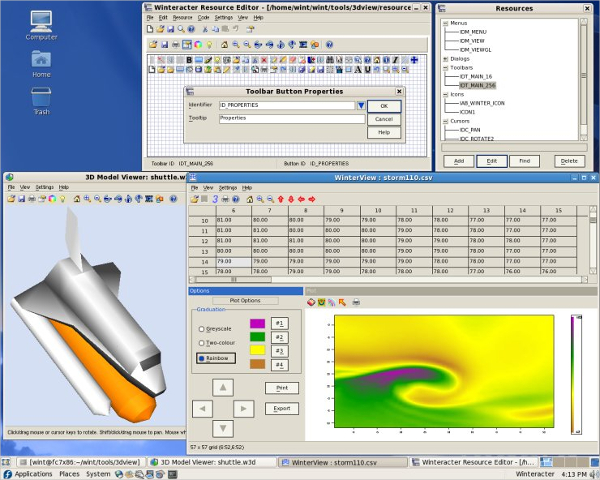

The first argument to each function is a character string specifying the symbol name as known 117 to C or FORTRAN, that is the function or subroutine name. C function can be used with other languages which can generate C interfaces, for example C++ (see Interfacing C++ code). They are primarily intended for compiled C and FORTRAN 77 code respectively, but the. These two functions provide an interface to compiled code that has been linked into R, either at build time or via dyn.load (see dyn.load and dyn.unload). Timing on child processes is only available on Unix-alikes, and may not be reliable there. The function system.time is available for timing. On POSIX-compliant OSes these commands pass a command-line to a shell: Windows is not POSIX-compliant and there is a separate function shell to do so. The details will differ by platform (see the on-line help), and about all that can safely be assumed is that the first argument will be a string command that will be passed for execution (not necessarily by a shell) and the second argument to system will be internal which if true will collect the output of the command into an R character vector.

Chapter 5 System and foreign language interfacesĪccess to operating system functions is via the R functions system and system2.


 0 kommentar(er)
0 kommentar(er)
